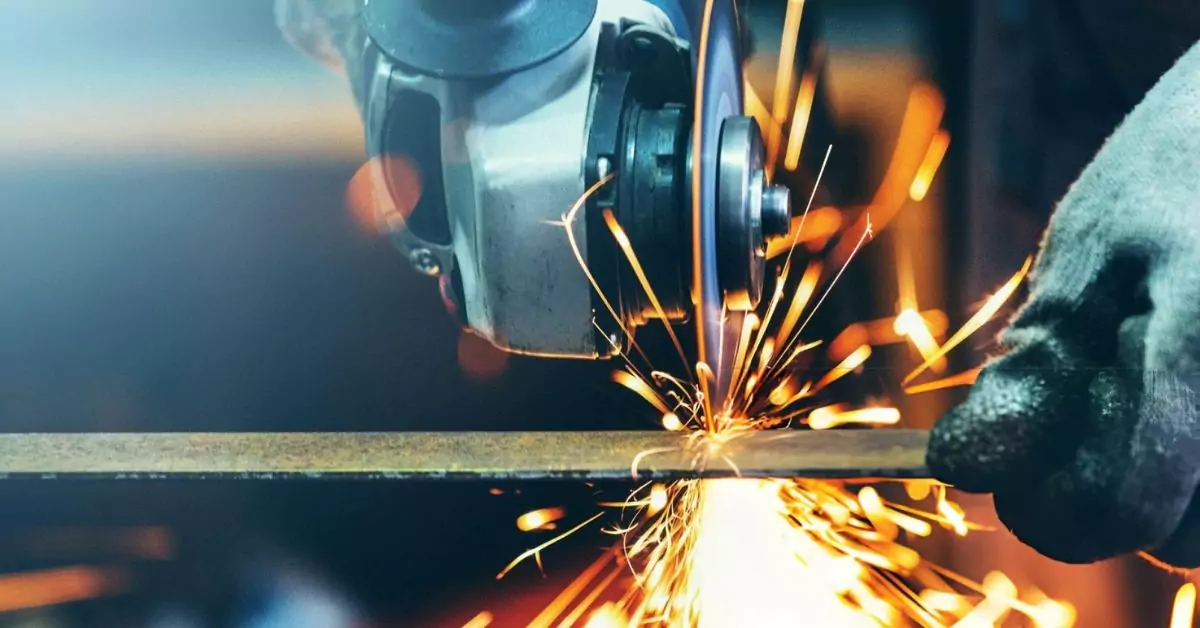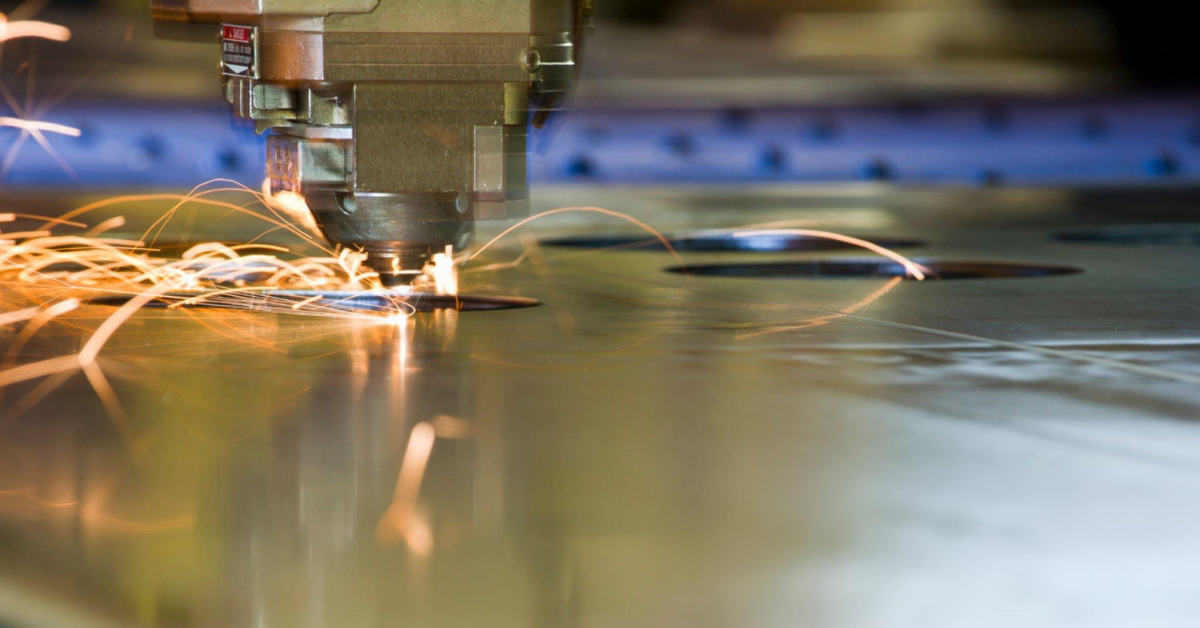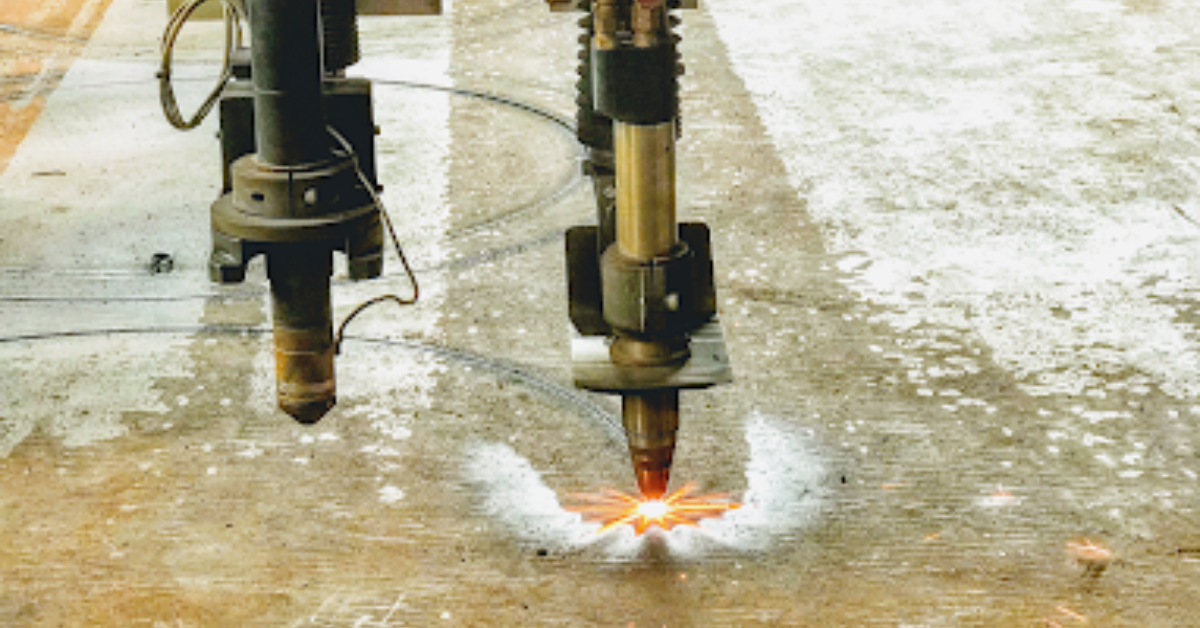Cutting Basics
Cutting is one of the most fundamental processes used in fabrication and manufacture that requires the removal of materials from the workpiece in order to get the ideal shape and size. The process is utilized in a variety of sectors, from metalworking to woodworking to construction as well as automotive manufacturing. The cutting procedure is performed either in a manual manner or by using sophisticated machinery designed for greater precision, accuracy as well as speed.
In this article will cover the basics of cutting as well as the various types of cutting and the aspects that affect cutting precision specifically in relation to the use of machine tools.
What is Cutting?
Cutting is the method that removes material from the workpiece in order to shape or cut it to meet particular requirements. In the case of manual techniques such as chiseling and sawing, or using advanced equipment cutting is a vital part in a variety of industries like metal fabrication, carpentry and cutting and machining.
The cutting process is generally divided into two varieties:
- Mechanical Cutting The kind of cutting employs mechanical force or tools to cut away material. Examples are sawing, drilling and milling.
- Thermal Cutting The process involves using heating to melt or vaporize materials, which is common to procedures like laser cutting as well as plasma cutting.
Each method of cutting offers its own advantages and can be used for various uses based on the materials and precision desired.
Factors Affecting Cutting Precision
Accurate cuts are essential particularly when dealing with materials that are high tolerance, such as wood and metal. A variety of variables affect the precision and the quality of cut:
- The material’s hardness Materials that are harder like steel will require more powerful cutting tools however, lighter materials such as aluminum could allow for more flexibility.
- Sharpness of the Tool Sharp tool will result in clean cuts and superior quality finishes. The dull tools, on contrary, can result in rough edges as well as inaccurate measurements.
- Cut Speed The speed that the tool is moved affects both the effectiveness and quality of cutting. If it is too fast, it can lead to the tool to overheat, whereas being too slow could cause damage to the cutting tool.
- Feed Rate The speed that the material is being fed into the cutting tool influences the precision of cutting. A proper feed rate can ensure accuracy and speed.
- The Material of the Tools Material: The substance of the cutting instrument itself (e.g. carbide or high-speed steel) directly influences its lifespan as well as its cutting capacity.
They are crucial in operating machines that we’ll discuss more in depth in the following part.
Types of Cutting Methods
There are many cutting strategies that are used in the business and each one is suited for particular material and applications. Here are the most commonly used cuts:
- Drilling
The drilling process creates holes that are round in materials, usually using the drill bit. Drilling precision is dependent upon factors like drill bit’s precision and speed. The drill is extensively used for woodworking, metalworking as well as construction. - Milling
Milling is an incredibly versatile cutting method that utilizes cutting rotary tools to cut away materials from the workpiece. It is excellent for making intricate shapes and features like pockets and slots. Milling machines are used for both fabrication and manufacturing industries. - Laser Cutting
Laser cutting employs a laser beam that is focused laser beam that cuts through materials. It is renowned for its precision as well as its ability to cut intricate forms. This method is especially useful in cutting plastics, metals, and textiles with the least amount of amount of material scrap. - Plasma Cutting
Plasma cutting employs the use of an electrically conducting gas (plasma) to cut materials like aluminum and steel. This is a more efficient cutting process than conventional mechanical cutting techniques and is widely used for industrial purposes. - Waterjet Cutting
Waterjet cutting utilizes an extremely high-pressure water stream which is usually combined with an abrasive substance that is used to cut kinds of. This is a cold cutting process that doesn’t produce any heat. This makes it perfect for cutting materials that are sensitive to heat, such as rubber and plastic. - Turning
Turning can be performed using the lathe. A cutting machine removes materials from the rotating piece of work for the purpose of creating cylindrical pieces. This technique is extremely efficient in creating objects that are symmetrical like shafts and bolts.
Introduction to Machine Tools for Cutting
Machine tools aid in cutting processes through automation of various processes as well as ensuring accuracy. A few of the most commonly used machines used to cut are:
- CNC (Computer Numerical Control) Equipment The machines provide superior precision through the automation of CNC Cutting by the use of computer programs.
- Lathes are used for turning, lathes spin the workpiece, while the cutting tool forms it.
- Milling Machines The machines turn cutting tools in a circular motion to take materials from the workpiece they are suitable for intricate designs.
- Plasma Cutters: Utilized for cutting and shaping metals, plasma cutters can provide the highest speed, high precision cutting.
- Laser Cutters The HTML0 laser cutters cut the perfect detail and precise cuts. They offer high precision, particularly for sheets of plastic or sheet metal.
Machine tools have changed cutting procedures which has allowed us to make intricate cuts using efficiency, precision and speed. decreased waste material.
Conclusion: The Importance of Cutting in Manufacturing
Cutting is critical in a variety of sectors, from manufacturing to construction. When you know the basics of cutting and the different cutting strategies, firms can select the right equipment and methods to meet their requirements. Since the invention of modern machine tools as well as cutting techniques, precise cutting is now more easily accessible and productive. If you require cutting, drilling, or plasma cutting, mastering this technique of cutting could result in better quality products and less waste material.




